Turin, the Piedmontese capital, has a thousand-year history. The Romans chose it as a garrison city in the empire. The remains of the Roman domination are still visible in the city, in the part defined precisely as the Quadrilatero Romano, made up by: the Porta Palatina, the Porta Decumana and the Roman Theater.
It was the first capital of the Kingdom of Italy. It is the literary homeland of masters such as De Amicis, Salgari, Calvino, Pavese and Primo Levi. It was the birthplace of the Savoia family and Camillo Benso Conte di Cavour.
There is a lot to say about Turin and its history, but we will give you some suggestions on what to see in Turin and where and what to eat.
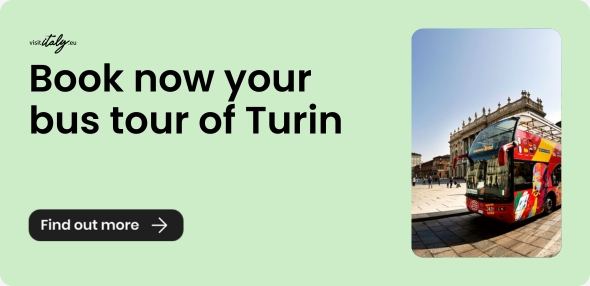
The Mole Antonelliana
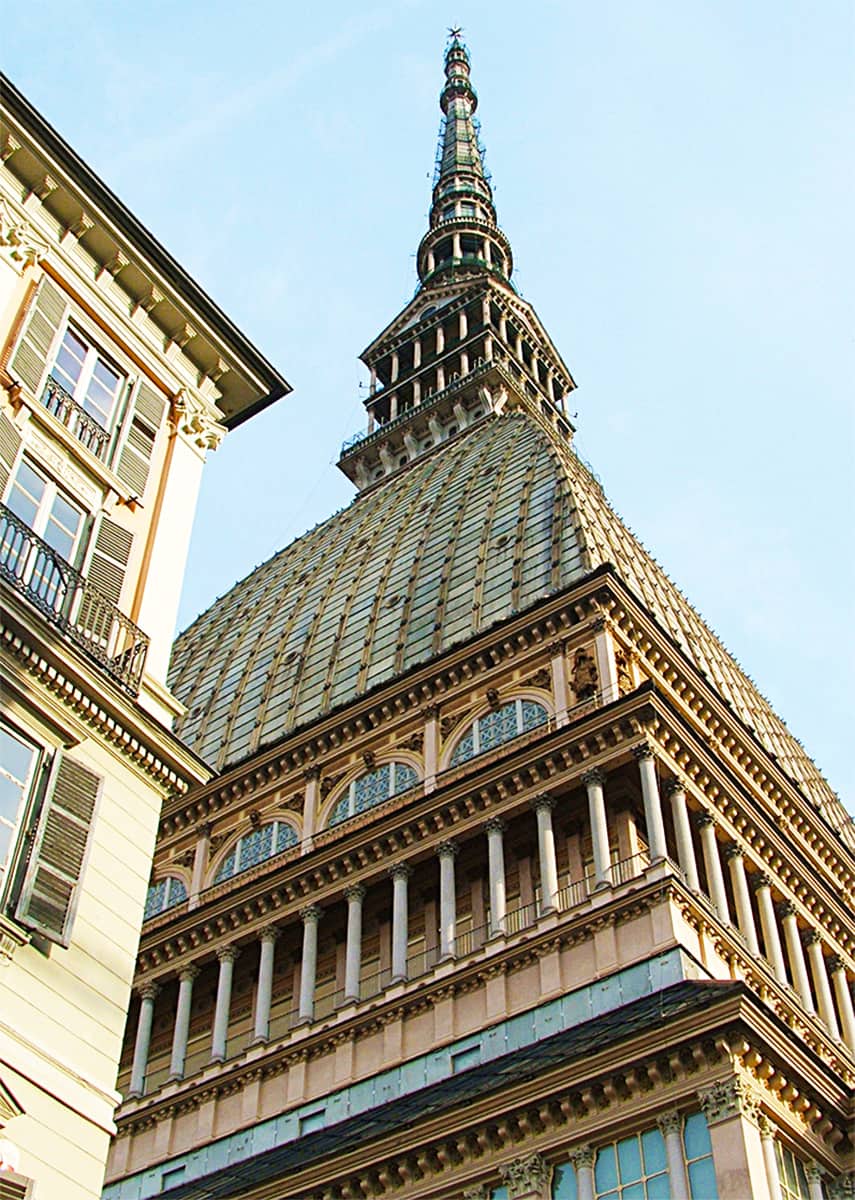
One of the first attractions to see in Turin is the Mole Antonelliana. It is the symbol of national unity and the seat of the cinema museum: it is a mandatory stop during a medium or long-term stay in Turin. The Mole was conceived as a synagogue. Designed by architect Alessandro Antonelli in 1863 and completed in 1889. With its 167 and a half meters high, it was the tallest masonry building in Europe for many years.
Egyptian Museum
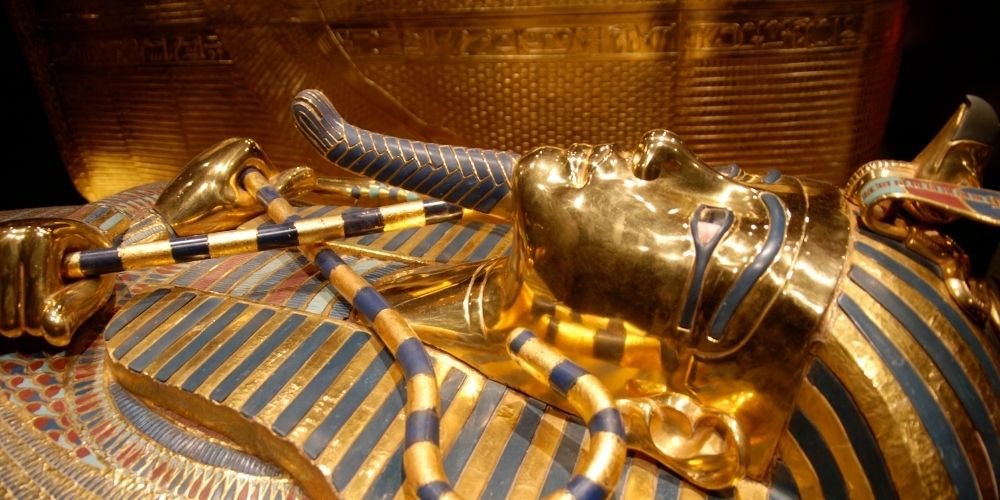
The Egyptian Museum of the city is the oldest in the world dedicated to Egyptian culture; it has undergone numerous restorations and refurbishments until 2015, and now there are 24 human mummies, 17 animals and the 1847m long Iuefankh papyrus on display.
J-F Champollion said that "the road to Menfi and Thebes passes through Turin".
Piazza Vittorio Veneto and the church of the Great Mother of God
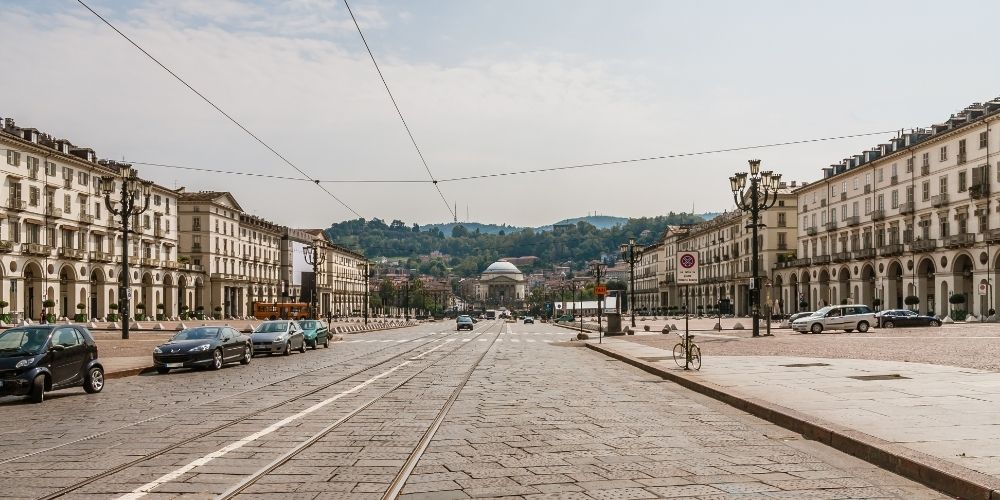
Turin is closely linked to the history and dominations of the last centuries. Two of the most excellent places in Turin, Piazza Vittorio Veneto and the church of the Gran Madre di Dio, were designed by Napoleon. The square is the largest in Europe, with an extension of about 40 thousand square meters. The church was built beyond the bridge between 1827 and 1831 to celebrate the return of King Vittorio Emanuele I of Savoy. It has a shape reminiscent of the Pantheon in Rome and offers a spectacular view of the Po and the square.
Turin Royal Palace
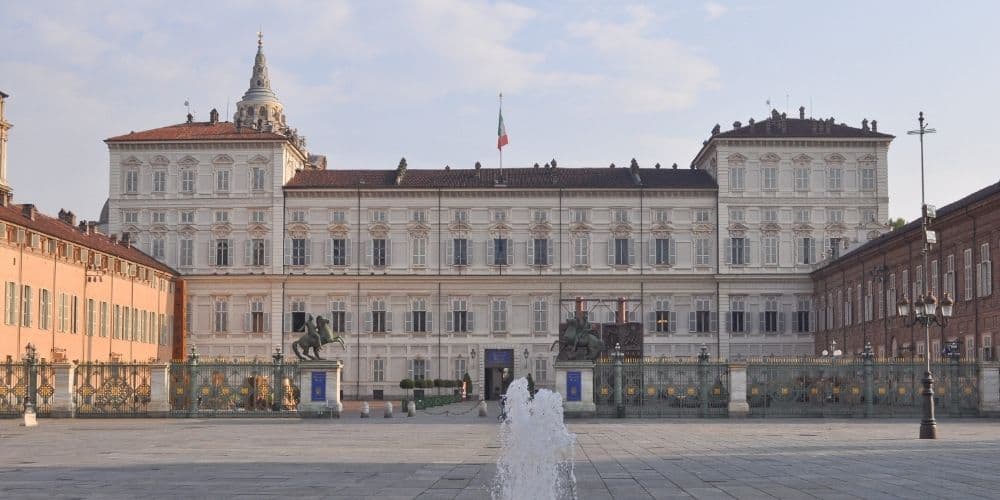
The Royal Palace is the historic home of the Savoy family, who from here directed the fate of Turin for over three centuries, nominated as a UNESCO World Heritage Site in 1997. A succession of luxury, gold and precious stones, that come together in halls and bedrooms from the baroque style of incomparable beauty.
ade on a project by Ascanio Vittozzi and Carlo di Castellamonte. Since 2016 it has been part of the Royal Museums with the Sabauda Gallery, the Royal Armoury, the Royal Library, the Chiablese palace and the Museum of antiquity.
Valentino Park

For strolling in the open air there is Valentino park, the green heart of the capital. The origins of the Parco del Valentino in Turin date back to the second half of the 1600s when the city of Turin experienced a new and intense phase of urbanization; located along the banks of the Po river, it is particularly distinguished by its naturalistic heritage, with a rich and diversified flora.
Furthermore, in perfect Piedmontese style, avian fauna is present in large quantities, with different species of local birds. In the park, there are several statues and fountains as well as a famous medieval village.
Cathedral of Superga
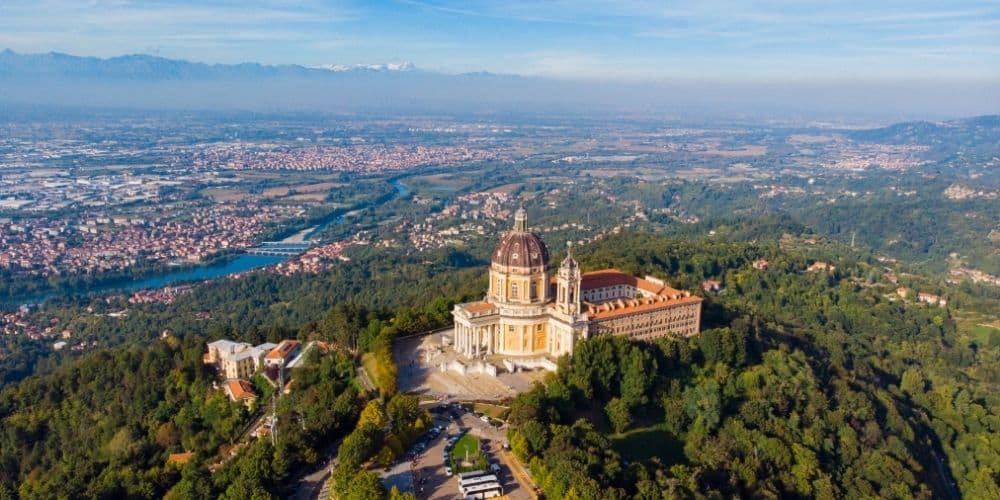
The Basilica of Superga was probably built around 1731. It stands on the hill from which it takes its name. Inside there is the sumptuous chapel of Juvarra, which can be walked up 131 steps, which lead to a breathtaking view of the city.
Here you can also visit one of the symbols of Italian football. There is also a homage plaque of the Grande Torino, in memory of the great soccer team.
Monte Dei Cappuccini
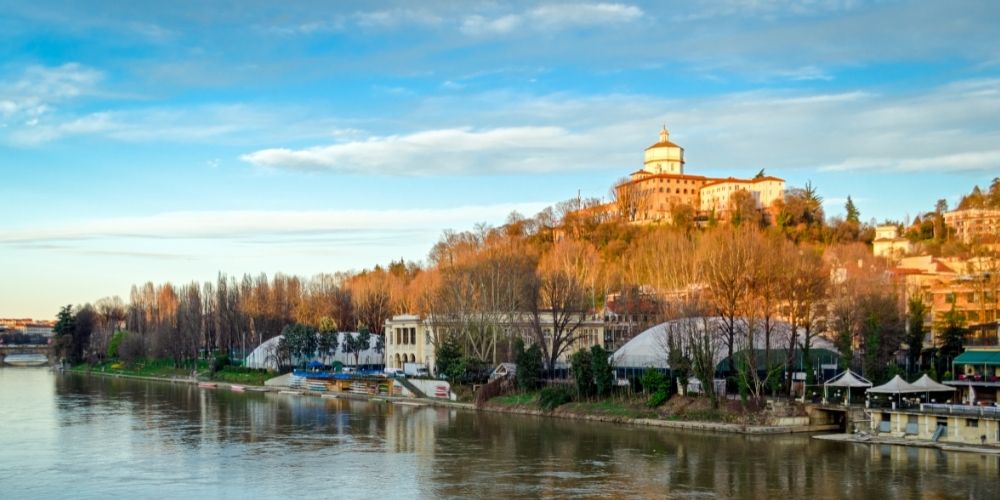
The hill, named Monte dei Cappuccini, rises on the right bank of the Po, dominated by the church of Santa Maria del Monte with the adjoining Capuchin convent, and is today one of the places and symbolic images of Turin.
Initially, thanks to the strategic position, it was a sighting place for French invaders. There are many stories related to this place that is worth experiencing personally.
What and Where to eat
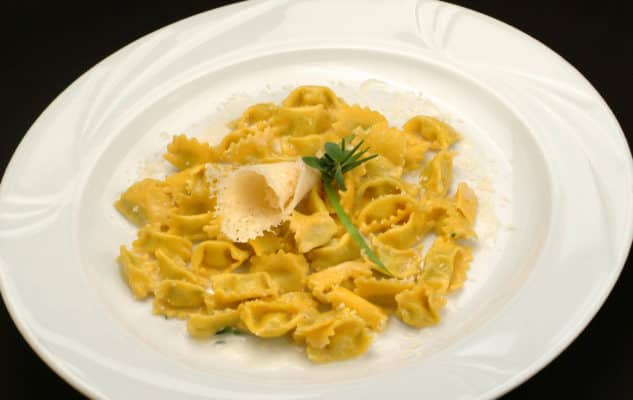
Turin by Night

About the author
Written on 15/10/2020

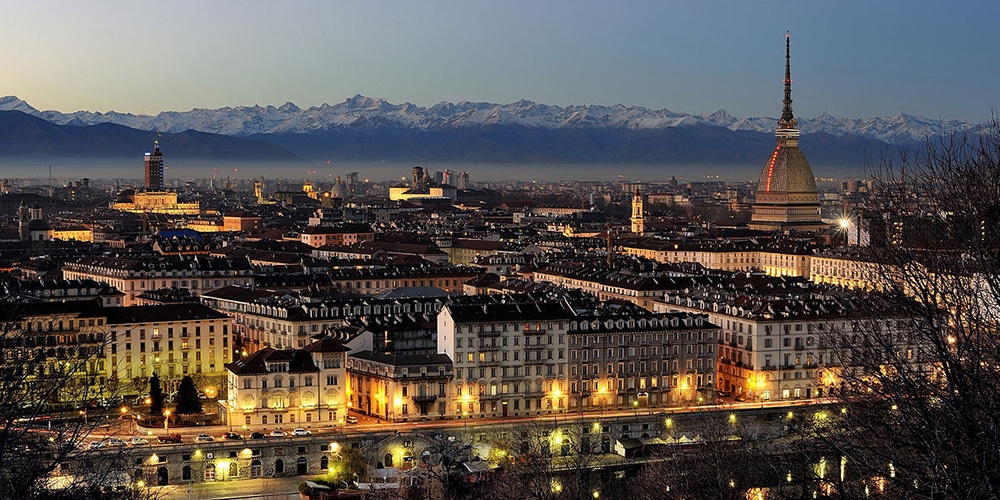

Eleonora Monaco
Discover the beauty of Turin's attractions. A particular city for its centuries-old artistic and architectural beauties.